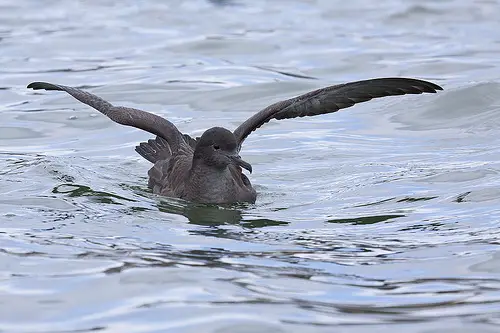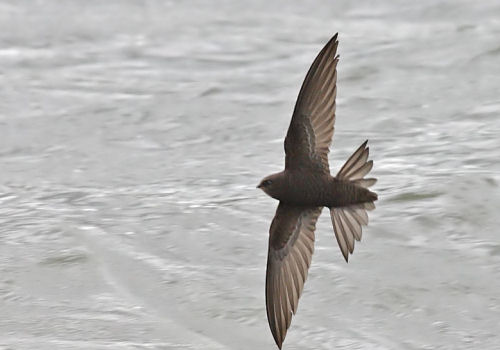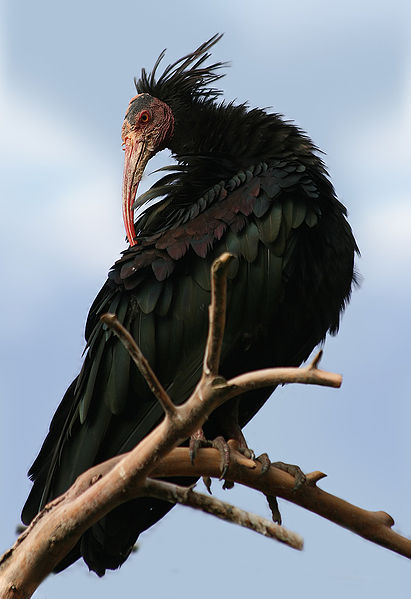Greater Crested Tern
Also known as the Swift Tern or the Crested Tern, the Greater Crested Tern is a seabird that belongs to the tern family. This family is known to nest in dense colonies along islands and coastlines in subtropical and tropical areas. There are 5 subspecies that are found between Australia and South Africa.
The Greater Crested Tern was originally described by the German Naturalist, Martin Lichtenstein, in 1823 as a Sterna bergii. However, mitochondrial DNA analysis has confirmed that it should be classified at Thalasseus due to the head patterns shown by terns correspond to distinct clades.
This seabird is a large tern, that has several distinguishable feature. This includes having a yellow bill, black legs, a glossy black crest which is rather shaggy in its rear. Breeding adult Greater Crested Tern’s of the nominate species will be about 46 – 49 cm long and have a wing span of around 125 – 130 cm. It weighs about 325 – 397 g. It has white forehead and underparts, and its back and inner wings are a dusky grey. In the winter, its upperparts plumage are a paler grey and the crown of its head becomes white and merges at the rear to create a peppered black mask and crest. Both male and female adults look the same, but juveniles have a distinctive look as its head has a head pattern like an adult in winter, and its underparts have white, brown, and grey patterns. When the wings are closed, the wings look like they have dark bars.
The Greater Crested Tern has a large distribution range, which is estimated to be 1 to 10 million sq km. The population has not been quantified but it is thought to have a large population and therefore is categorised as being of Least Concern globally. However, there are some concerns in the Gulf of Thailand where this bird no longer breeds and in Indonesia where eggs are harvested.




